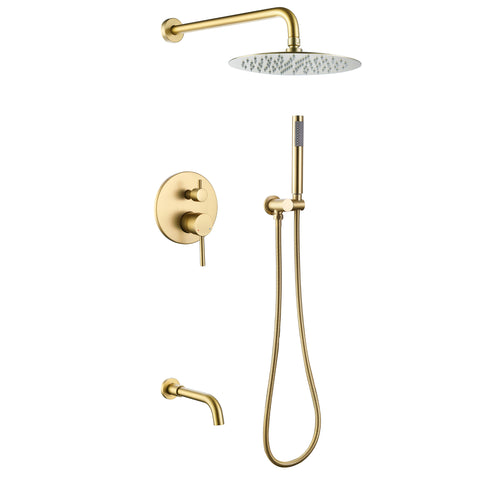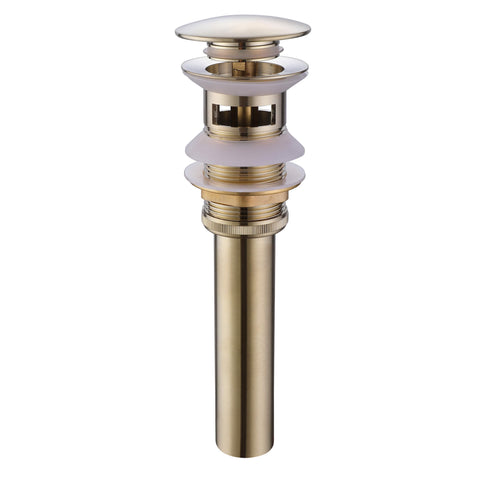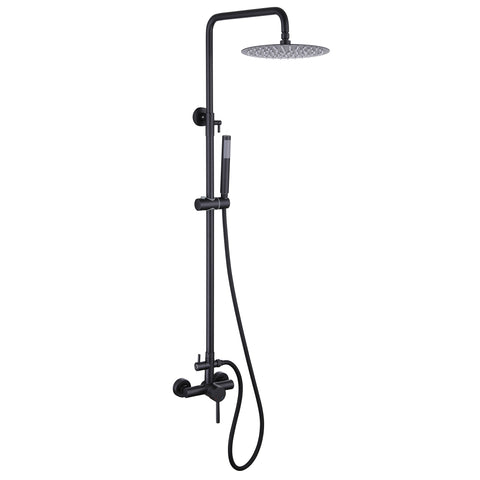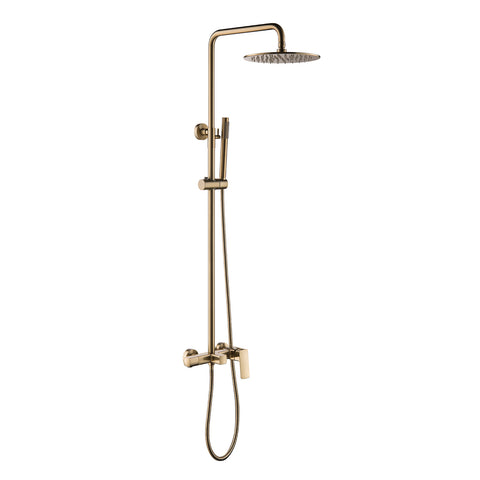How to Remove Limescale from Your Faucet Like a Pro?
Understanding Limescale:
Before diving into the removal process, it's important to understand what limescale is and how it forms. Limescale is a hard, chalky deposit primarily composed of calcium carbonate that accumulates on surfaces exposed to hard water. Hard water contains high levels of dissolved minerals, such as calcium and magnesium, which settle as limescale over time.
Materials You'll Need:
To remove limescale effectively, gather the following materials:
- White vinegar
- Lemon juice
- Baking soda
- Soft cloth or sponge
- Old toothbrush
- Plastic bag
- Rubber band
- Gloves (optional)
Method 1: Vinegar Soak:
One of the most popular and effective methods to remove limescale is by using vinegar. Follow these steps:
- Soak a soft cloth or sponge in white vinegar.
- Wrap the vinegar-soaked cloth around the affected areas of the faucet.
- Secure the cloth in place with a rubber band.
- Let it sit for at least one hour to allow the vinegar to dissolve the limescale.
- Afterward, remove the cloth and scrub the faucet gently with an old toothbrush.
- Rinse the faucet thoroughly with water to remove any vinegar residue.
- Polish with a dry cloth to restore the faucet's shine.
Method 2: Lemon Juice and Baking Soda:
If you prefer a natural alternative to vinegar, lemon juice and baking soda are excellent options. Here's how to use them:
- Squeeze fresh lemon juice over the limescale deposits.
- Sprinkle baking soda on top of the lemon juice.
- Allow the mixture to fizz and break down the limescale for about 15 minutes.
- Gently scrub the faucet with an old toothbrush, focusing on the affected areas.
- Rinse the faucet with water and wipe it dry with a cloth.
Prevention Tips:
To minimize the recurrence of limescale, consider implementing the following preventative measures:
- Install a water softener: Water softeners reduce the mineral content in hard water, preventing limescale buildup.
- Use a lime-scale prevention product: Several products are available in the market that can be added to your water system to prevent limescale formation.Wipe the faucet dry: After each use, wipe the faucet with a dry cloth to prevent water spots and mineral deposits from settling.
Limescale can be a persistent problem, but armed with the right techniques, you can remove it like a pro. Whether you choose vinegar, lemon juice, or baking soda, these natural remedies offer effective solutions for tackling limescale on your faucet. Remember to take preventive measures to reduce future build-up. By following these tips, you can maintain a sparkling clean faucet and enjoy the benefits of a limescale-free bathroom or kitchen sink.













